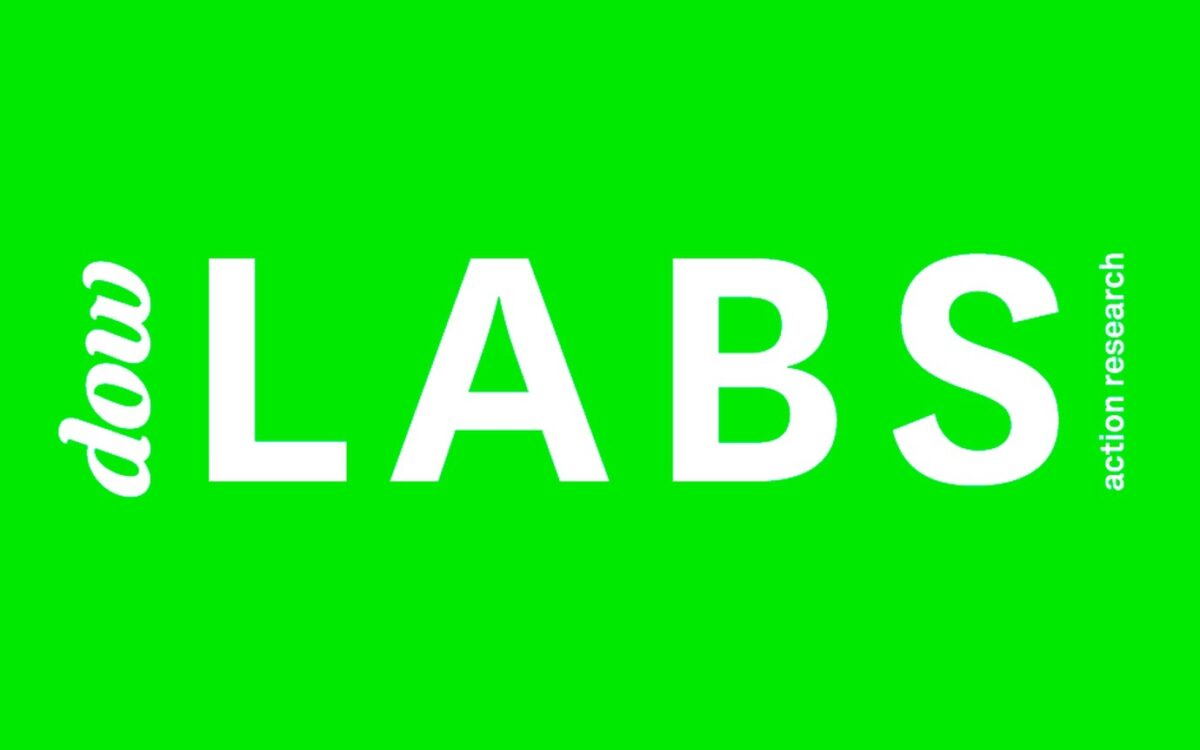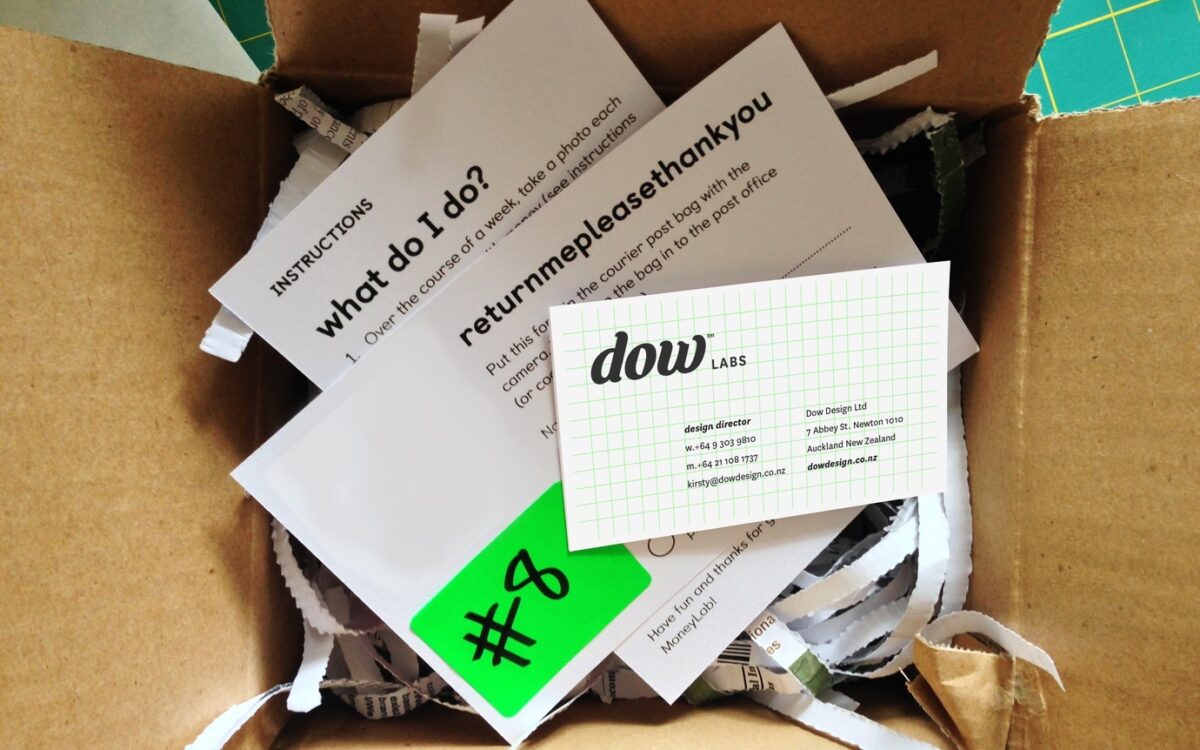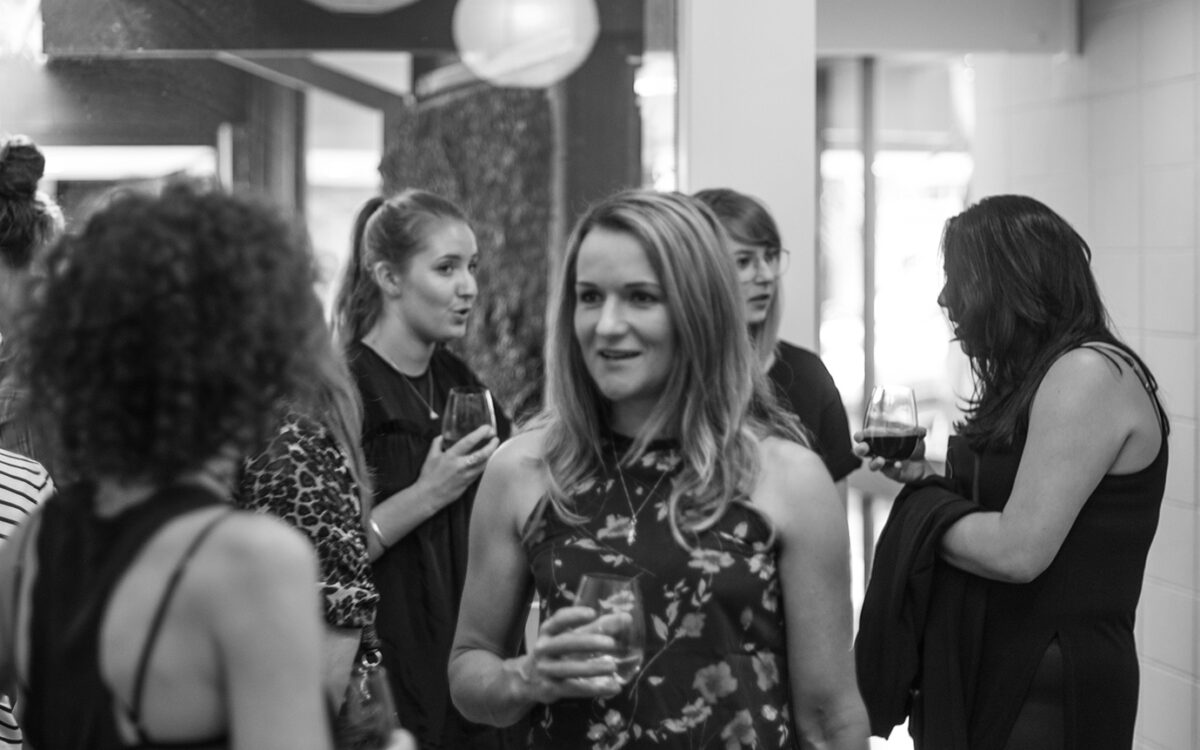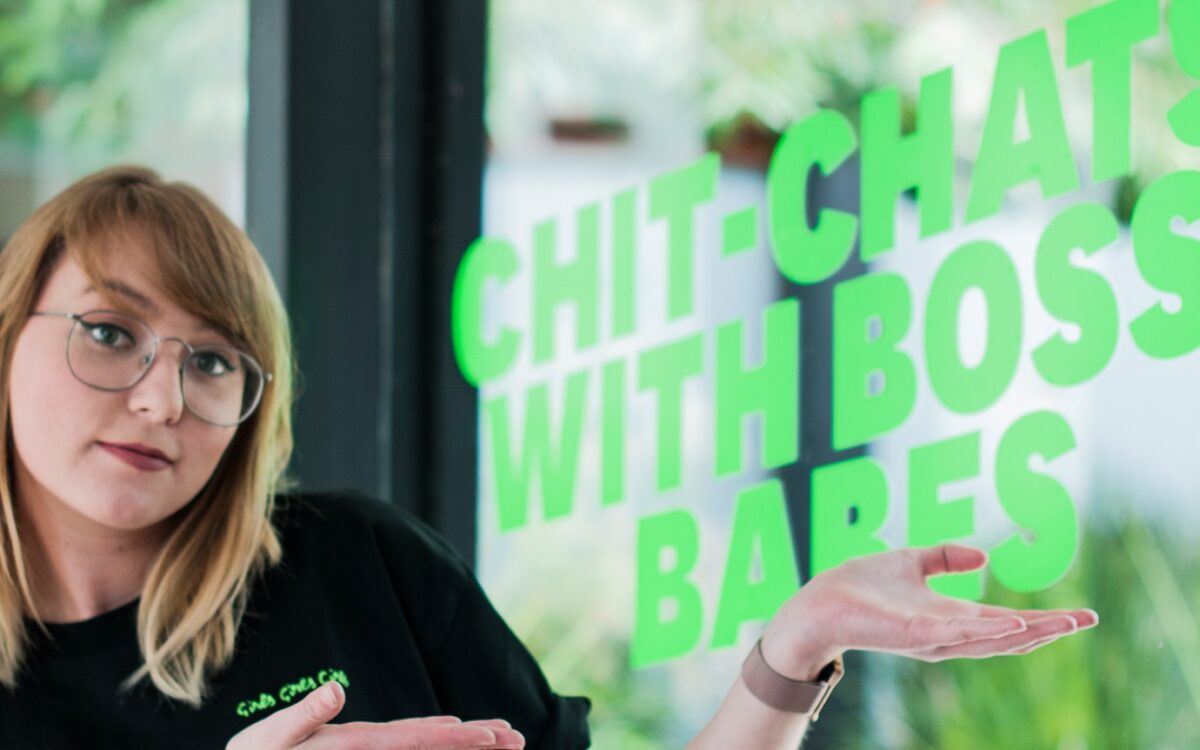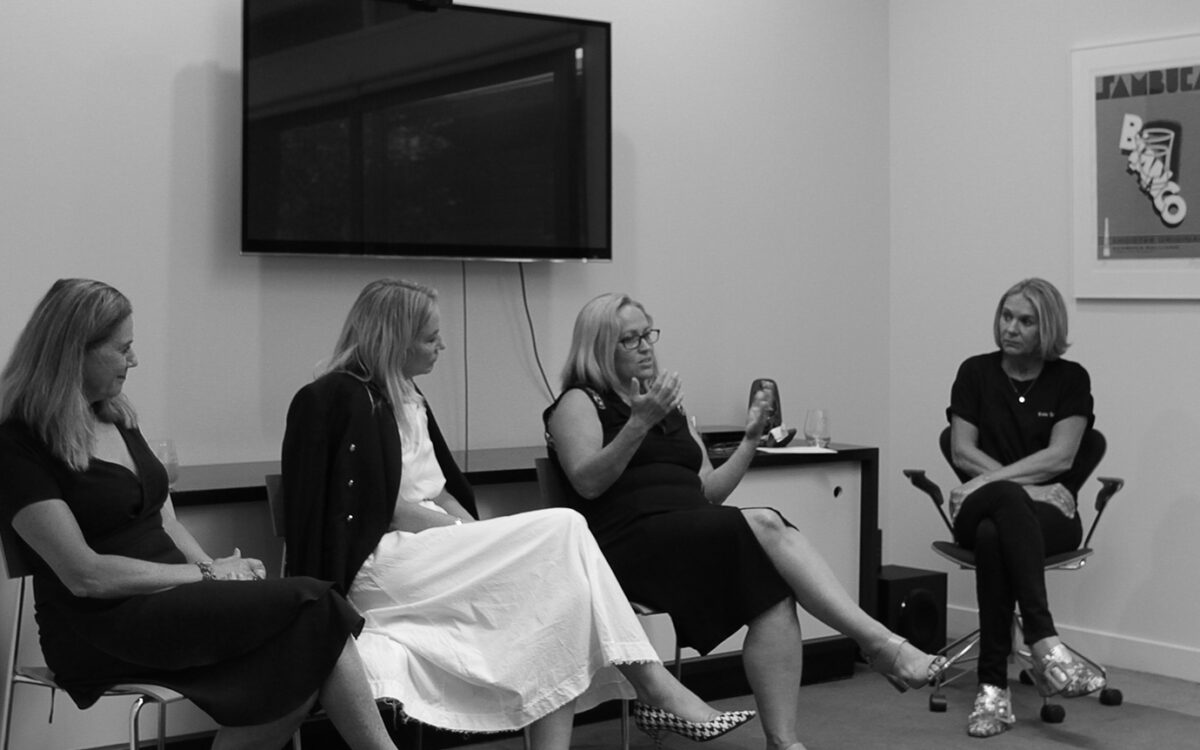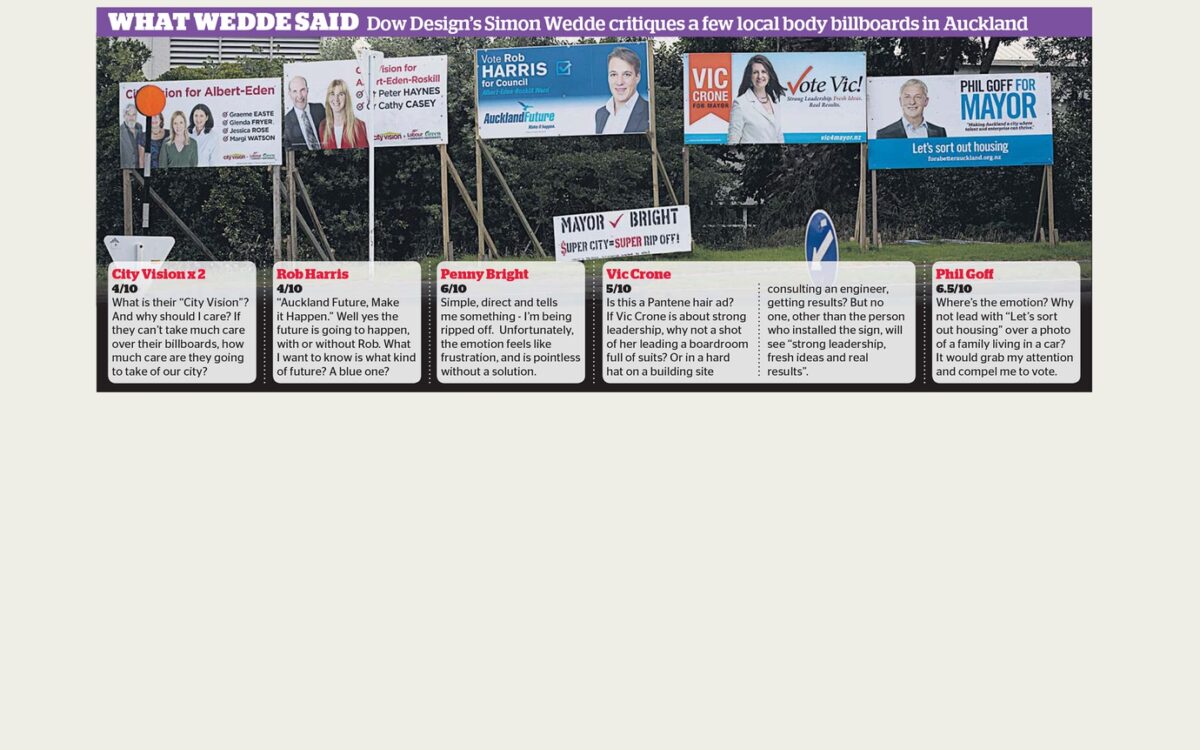‘Innovation’ may be important, but the amount of money and effort being invested is excessive. Our Group Account Director Simon Wedde argues that we would be better off if more attention was paid to taking existing ideas, making them better, branding them right and taking them to the global stage.
Analysis and over-thinking dilutes creativity and new ideas, leading to outcomes that are mundane and lacking in emotional resonance and excitement. Reaching Design Stage 20 is a pretty clear indicator that what we have as a solution is no longer disruptive or differentiated. It doesn’t come as too much of a surprise that New Zealand ranks highly in the OECD in generating ideas, but New Zealand firms are investing relatively little, and performing poorly, when it comes to implementation.
“I’d say it’s not fast moving consumer goods anymore, I think it’s extra fast moving consumer goods” Mark Callaghan, Frucor
We’ve seen analysis add months if not years to a project. Not keeping up with the pace of change in the market puts businesses on the back foot when it comes to launching NPD or keeping up with consumers’ evolving expectations of experience. Data and analysis feel safer, yes, but this frequently comes at the expense of wins in market or true innovation. Businesses wanting to harness the disruptive and engaging power of creativity do need to get comfortable with a degree of risk and uncertainty.
In fact it is more risky not to change and progress. Tech giants like AirBnB, Facebook, Uber, Google and Silicon Valley have mitigated that risk by connecting innovation and development closely to users and their needs. Agile methodologies like Lean Startup and Design Thinking are based around ideas of failing faster, testing earlier, experimentation, and prototyping in close connection with users. This practice-based approach yields quick and practical insights while at the same time progressing projects forward.
However, the problem is not only to do with speed and efficiency. Traditional research deals purely in what exists or has been, and is at odds with the role of commercial design to differentiate and disrupt. Our job as designers is to deal in what could be, the imaginary, what does not yet exist - the new and compelling. As well as meeting needs, design connects, inspires, excites, and motivates. It is emotional and social, not clinical. Research relevant to design involves both establishing empathy with an audience to uncover needs, and sparking creativity through a collaborative, designer-to-human connection.
Do you speak human?
We have been prototyping a human-centred research solution that borrows from Lean Startup and Design Thinking. It connects with audiences on an emotional, imaginative, and below-the-surface level, delivering practical insights and revealed, not claimed, behaviour.
Introducing Dow Labs
Creativity hardwired from the beginning
Dow Labs gets people making and doing, rather than saying. Lifestyle Probes and Make Tools get the audience operating at a more emotional and instinctive level, and that reveals real needs and feelings. Insights come from instinctive reactions, revealed behaviours and desires than just asking ‘do you like my idea?’
“We are constantly reminded that the magic comes from creativity. If you can produce something which powerfully and emotionally engages people, the commercial side will probably work itself out.
If you’ve got something which is purely driven from a commercial point of view with no magic, it’s probably not going to succeed. You can’t retrofit magic by sprinkling a bit of fairy dust on it at the end – it has to be hardwired into the beginning. ” Kevin Kenrick, TVNZ
We learn through making
We learn from what people make and what they imagine about the future. Dow Labs is about co-creation and collaboration with you, the designer and your audience. Although most people are imaginative, they don’t necessarily have the vocabulary to think beyond the bounds of their everyday life. Because it’s what we do everyday, we are well placed to provide the tools and language to unlock creativity. By getting an audience to build and make and create together, we unlock this latent imagination, and help them move beyond the ‘what is’ to the ‘what if’.
Agile and lean
We don’t deal in exhaustive qualitative or quantitative exercises. We’re about keeping groups small, research quick and practical. This is a tool for fast insights and prototypes.
Drive innovation through to implementation
One of the advantages of Dow Labs is it incorporates implementation into the research process. The audience and the client are making prototypes, which help test real responses and reactions. But also, critically, the research is integrated with the design process. As we learn about the audience’s lives, needs and desires we can respond creatively to help meet those needs. Dow Labs keeps the audience involved as co-creators through the whole process from defining the problem through to design prototyping and iteration.
“Learning by doing deepens our engagement and understanding significantly” Dr Randa Grob-Zakhary, CEO Lego Foundation
Want to hear more? Give us a call
